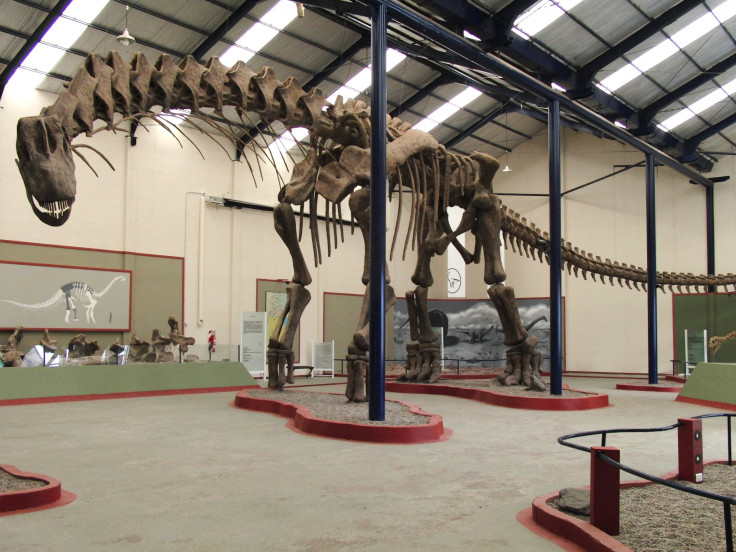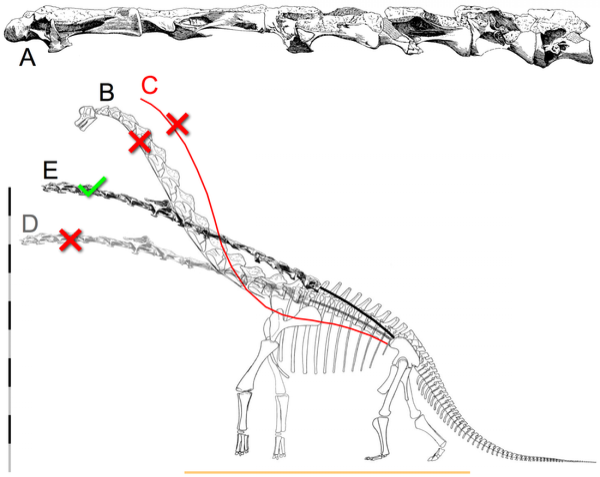Walking With Dinosaurs: Scientist Reconstruct Argentinosaurus Steps With Powerful Computer Models

For the first time in more than 94 million years, Argentinosaurus is walking again.
Granted, the 131-foot-long, 83-ton dinosaur is tramping around on a computer screen, not down the street. But scientists are excited to have resurrected one of the biggest sauropods ever to walk the Earth – even if it’s only a digital simulation.
"If you want to work out how dinosaurs walked, the best approach is computer simulation,” University of Manchester researcher Bill Sellers said in a statement on Wednesday. “This is the only way of bringing together all the different strands of information we have on this dinosaur, so we can reconstruct how it once moved."
Sellers and his team took a laser scan of an Argentinosaurus skeleton and plugged it into a computer modeling program. With the help of a powerful computer system – equivalent to the working power of 30,000 desktop computers – the scientists put the ancient beast through its paces on a virtual “trackway.” A paper on their reconstruction of the dinosaur’s gait appears in the online open-access journal PLoS ONE.
Scientists have long puzzled over how such a huge animal was able to move. There’s no comparably big land animal in modern times to compare to this colossal sauropod. So, to try and recreate the steps of Argentinosaurus, the team decided to just work with the information contained in the skeleton. Their computer program simply works with the biomechanics of the dinosaur’s skeleton. According to the team’s simulation, Argentinosaurus would have walked at a speed of about 5 miles per hour. You can check out its moves in this video:
"All vertebrates, from humans to fish, share the same basic muscles, bones and joints,” Sellers said. “To understand how these function, we can compare how they are used in different animals, and the most interesting are often those at extremes. Argentinosaurus is the biggest animal that ever walked on the surface of the earth, and understanding how it did this will tell us a lot about the maximum performance of the vertebrate musculoskeletal system. We need to know more about this to help understand how it functions in ourselves.”
The paper appears as part of a special PLoS ONE collection focused on large sauropods. There’s also a paper from University of Oregon computer scientist Kent Stevens, who delves into data to figure out the way that sauropods held their necks. Turns out, some of the more swan-like configurations seen in illustrations aren’t all that feasible:

Knowing how the big sauropod moved and stood could also help us build bigger and better robots someday.
“If we want to build better legged robots, then we need to know more about the mechanics of legs in a whole range of animals,” Sellers says. “And nothing has bigger, more powerful legs than Argentinosaurus.”
SOURCE: Sellers et al. “March of the Titans: The locomotor capabilities of sauropod dinosaurs.” PLoS ONE published online 30 October 2013.
© Copyright IBTimes 2024. All rights reserved.





















